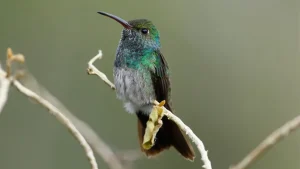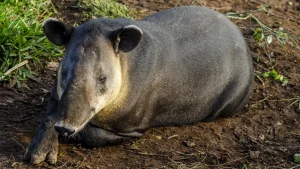Swan Islands Marine Reserve
This island is mentioned for the first time in the stories of the fourth voyage of Christopher Columbus and they called it “Isla de las Pozas”… “because not finding water in them many pools were made in the sand” … later it was baptized as “Santa Ana ”.
In 1762 it appears on an English map as SWAN ISLANDS and it is assumed that they were named after the pirate Swan. They are found again in the stories of Honduras when filibusters William Walker used them as a base before starting his attack on Trujillo. Later the USA occupied them installing a radio and meteorology equipment until 1964 when they were formally delivered to Honduras.
Located 150 km, northeast of Honduras, it includes: Big Islands (Great-Swan) and Little Island (Little Swan) and a small Bobby Cay key. The Islands are flat formations with sharp calcareous cliffs eroded by the waves, interspersed by small sandy beaches, one of these forms a bay to the south of the main island suitable for landing.
Its reefs are not spectacular compared to those of the Bay Islands, but the fauna and flora of the two islands have unique representatives not found on the mainland. For example, the Hutia, a small rodent discovered on this Island, is considered extinct after the introduction of domestic cats to the Island.
There is an interesting population of green iguanas and a variety of coiled-tailed lizards known only in the Antilles and not on the mainland. Land crabs are also abundant. Its greatest variety of fauna consists of the birds that have their resting and nesting area on this island.
Despite its scarce beaches, it is known that the population of sea turtles that came to spawn was important to such an extent that fishermen from Great Cayman came here to capture green turtles that were exported to New Orleans, as well as the scales of the turtles of tortoiseshell. Today the same species are still spawning although not in large numbers.




